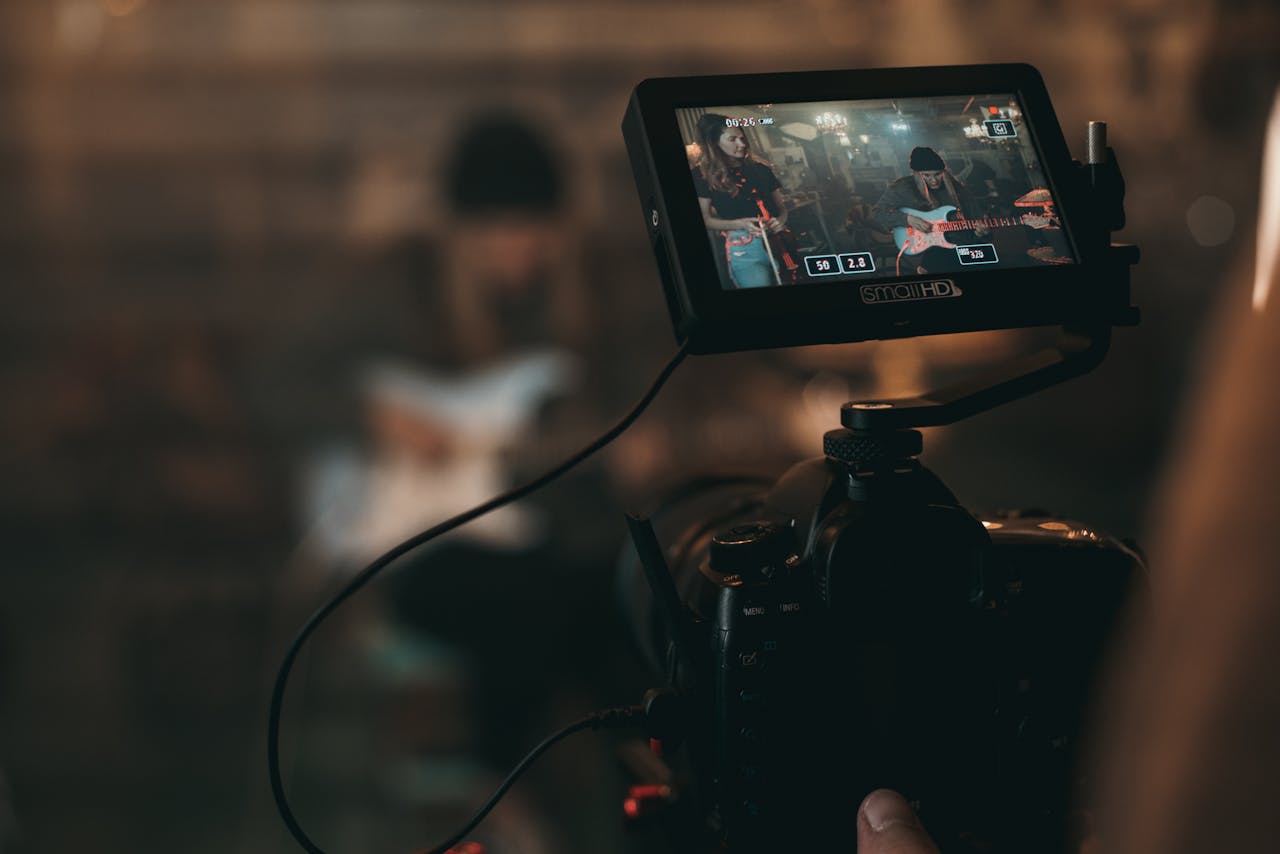Music Media Coverage Alternatives: What to Do When Traditional Outlets Say No
Music media coverage can feel like an impossible mountain to climb for independent artists, especially when traditional outlets repeatedly decline to feature experimental or AI-enhanced projects like Steve Pasieka’s groundbreaking work for Skulk The Hulking. When Pasieka went to a PR firm to help promote his podcast “The Many Incessant Lives and Subsequent Deaths Deserved of Skulk, The Hulking,” he quickly experienced media resistance to the AI-generated content used in the video for his podcast.
Innovation often gets rejected by established channels first, but the media landscape is actively shifting.
Being rejected for media coverage is a real pain point for independent artists – the traditional gatekeepers are changing, and many musicians often find themselves stuck using outdated approaches to media coverage. But savvy DIY artists use a systematic approach to building their own media presence when traditional routes don’t work. Pasieka’s story provides a compelling case study. Still, the principles apply whether someone’s making AI art or just making music that doesn’t fit neat categories.
The Changing Media Landscape

The decline of traditional music journalism has fundamentally altered how artists gain visibility. According to Pew Research Center, U.S. newsroom employment has fallen 26% since 2008, with newspaper newsroom employment dropping an even steeper 57% during the same period. Meanwhile, the public relations model is experiencing its own disruption – 96% of PR professionals report that marketing and PR are integrating further, while journalists are receiving between 51-100 pitches per week according to Cision’s 2023 State of the Media report.
This creates a perfect storm: fewer traditional outlets exist, while those remaining are overwhelmed with pitches using increasingly outdated approaches.
While fewer traditional outlets exist, the rise of independent podcasts, YouTube channels, and newsletter publications has created new pathways for coverage. The key is understanding that today’s media ecosystem rewards direct audience building over gatekeeping. This shift represents a challenge and opportunity for independent artists. While traditional gatekeepers become harder to reach, the democratization of media creation means you can build direct relationships with audiences that were previously impossible to access.
Building Your Own Media Infrastructure
Rather than solely pursuing traditional coverage, successful independent artists are creating their own media presence through:
Content Creation Strategy
- Developing a consistent content calendar across platforms
- Creating behind-the-scenes content that showcases your creative process
- Building email lists through valuable, regular communication with fans
Community Building
- Engaging authentically on platforms where your audience already exists
- Collaborating with other artists for cross-promotion
- Participating in relevant online communities without overt self-promotion
Alternative Media Outlets
Independent artists should research and target alternative media outlets that align with their genre and audience. These emerging platforms often have more accessible submission processes and actively seek fresh content to differentiate themselves from mainstream coverage. Unlike traditional media that requires navigating layers of gatekeepers, many independent outlets are run by passionate individuals who respond directly to artist outreach and value authentic connections over industry connections.
Here are a few alternative media outlet examples
- Independent music blogs and online magazines
- Podcast networks focused on emerging artists
- YouTube channels that feature new music
- Community radio stations and college radio
- Music-focused newsletters and Substack publications
This is also relevant for podcasters like Pasieka (and yours truly), who face additional challenges since podcast content doesn’t fit traditional music media formats. Podcast creators need to identify outlets that understand episodic content and serialized storytelling.
Here we’re talking outlets like:
- Podcast review sites and directories (Apple Podcasts, Spotify, Podchaser)
- Cross-promotion with other independent podcasts in related genres
- Podcast industry publications and newsletters
Podcasters can leverage the unique advantages of their medium—episode swaps with complementary shows, guest appearances on other podcasts, and creating audiogram clips for social media that showcase compelling moments from episodes. Unlike traditional music releases, podcast content can be pitched as an ongoing series rather than one-time features, creating opportunities for sustained coverage relationships.
The Portfolio Approach
There’s an old sales adage that goes something like, “You can’t eat next month’s commission.” Sales professionals are taught early that chasing the big whale client while ignoring smaller, quicker wins is a recipe for going broke during the long pursuit. The same principle applies to media coverage for independent artists.
Instead of relying on a single “big break” from major media, treat coverage as a portfolio. Multiple smaller features across diverse platforms often generate more sustained engagement than one large feature that quickly disappears from news cycles.
Practical Action & Focus
This week, identify five alternative outlets that cover work similar to yours. Study their recent coverage, follow their submission guidelines, and craft personalized pitches that show you understand their audience. The media landscape has changed—your approach should too.
Further Reading
U.S. newsroom employment has fallen 26% since 2008
Trends That Will Transform Public Relations Over the Next 3 Years
Related Podcast Episode
Unstarving 330 Skulk the Hulking – Merging AI Visual Production, Music, and Performance Art

